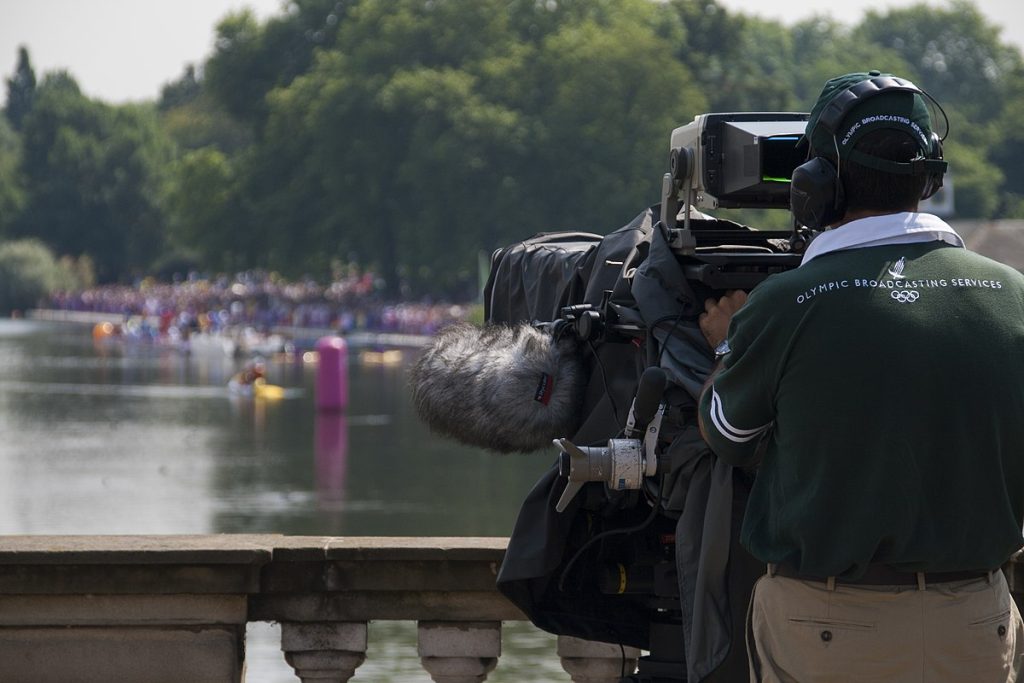Virtual reality VR stands at the forefront of the next wave of immersive sports broadcasting, promising to revolutionize how fans experience their favorite games. With VR technology, spectators are no longer confined to the limitations of traditional viewing mediums; instead, they are transported into the heart of the action, virtually placing them courtside or pitchside, offering a level of engagement previously unimaginable. One of the most compelling aspects of VR sports broadcasting is its ability to provide viewers with a sense of presence. Through VR headsets, fans can immerse themselves in a 360-degree virtual environment that replicates the sights and sounds of being at the game in person. Whether it is the roar of the crowd, the squeak of basketball shoes on the court, or the thud of a rugby tackle, VR captures the essence of the live sporting experience, making viewers feel like they are right in the midst of the action. Moreover, VR technology enables viewers to customize their viewing experience according to their preferences.

Want to watch the game from a different angle? Simply adjust your viewpoint with a swipe of your finger or a tilt of your head. VR broadcasting allows fans to switch between multiple camera angles, giving them unprecedented control over how they consume sports content. Whether they prefer a bird’s-eye view of the entire field or a close-up of their favorite player, VR puts the power in the hands of the viewer, enhancing their sense of agency and immersion. 무료해외스포츠중계사이트 offering a more immersive viewing experience, VR sports broadcasting also has the potential to break down geographical barriers and bring fans closer to the action regardless of their location. No longer constrained by their physical proximity to the stadium, fans from around the world can tune in to live games and feel like they are part of the crowd. This not only expands the reach of sports broadcasting but also fosters a sense of global community among fans, regardless of their nationality or background.
Furthermore, VR sports broadcasting opens up new avenues for fan engagement and interaction. Imagine being able to chat with fellow fans, participate in virtual watch parties, or even high-five your friends after a game-winning goal, all within the virtual environment. By integrating social features into VR platforms, broadcasters can create a more interactive and immersive viewing experience that goes beyond passive consumption, transforming sports fans into active participants in the game. As VR technology continues to evolve and become more accessible, the possibilities for immersive sports broadcasting are virtually limitless. From live streaming NFL games in VR to broadcasting the Olympics in virtual reality, the potential applications of this technology are vast and varied. Whether you are a die-hard sports fan or a casual viewer, VR sports broadcasting offers a glimpse into the future of sports entertainment, where the line between reality and virtuality becomes increasingly blurred, and the thrill of the game is only a headset away.
